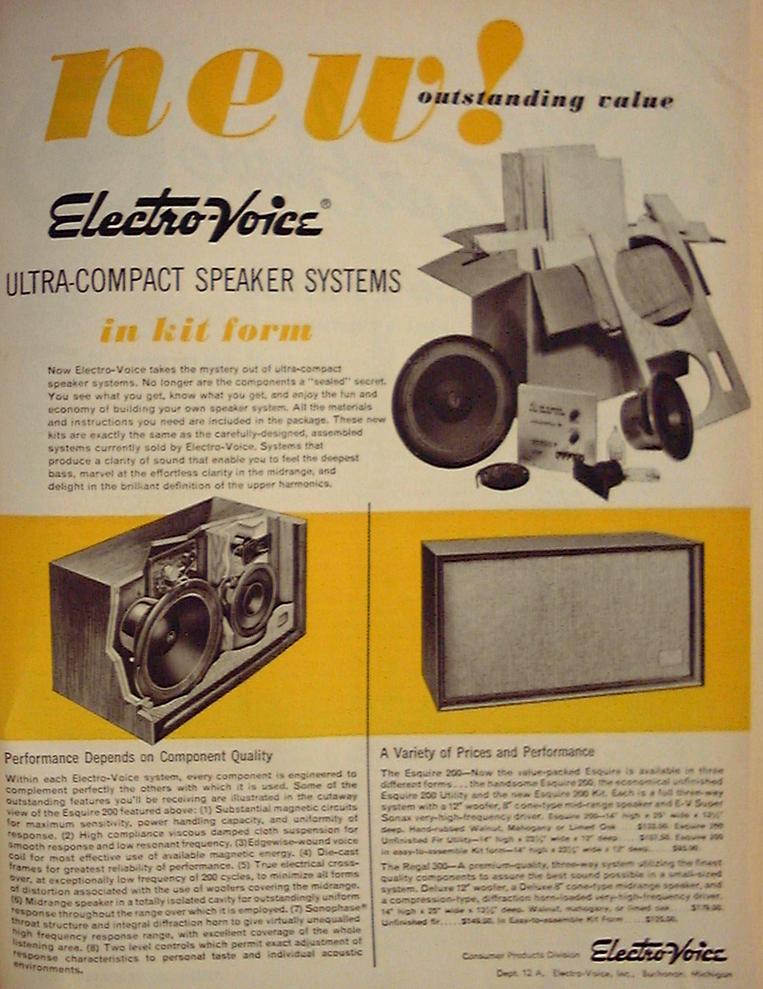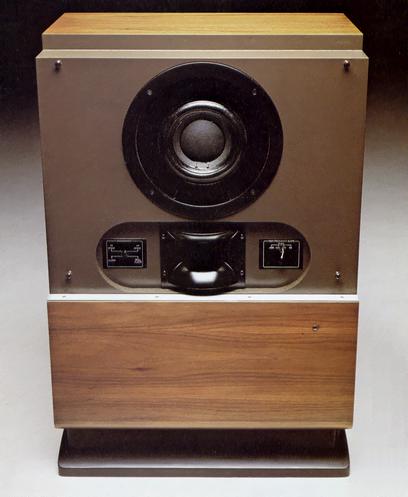With three ways, the 'telephone' band of 300- 3k is more or less handled without any crossover, whereas with a 2 way, there's a crossover where the ear is most sensitive.
Furthermore, a three way is likely to have better off-axis behaviour due to less beaming. It's pretty hard to get deep and loud bass from a small driver, and large drivers will beam long before the crossover of a two way.
A 'proper' full range 'speaker may need to be a 4 way, as it's hard to get more than one decade out of any driver unless pretty exotic.
S




